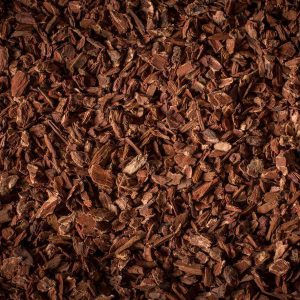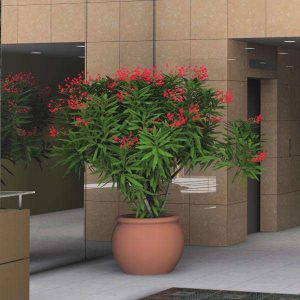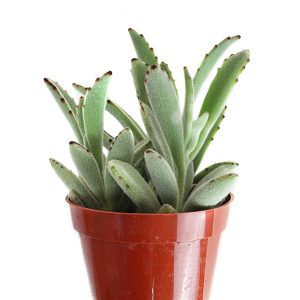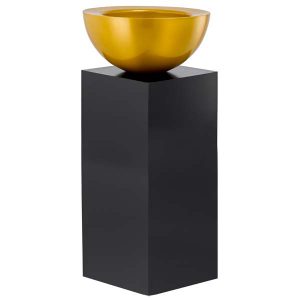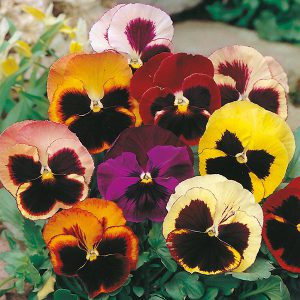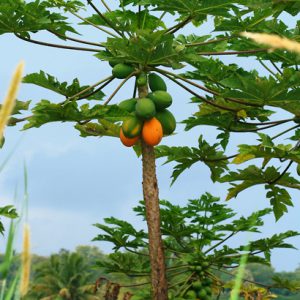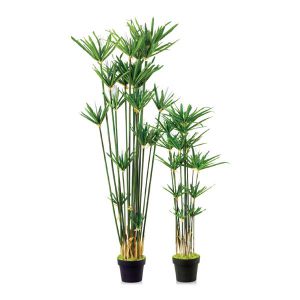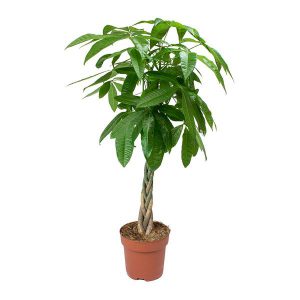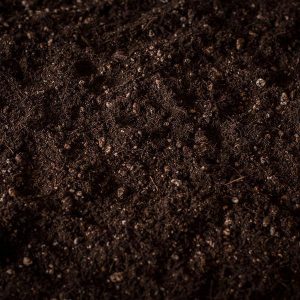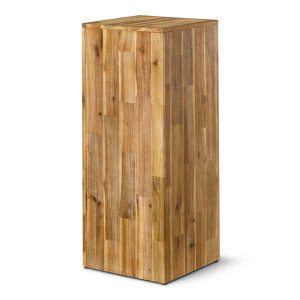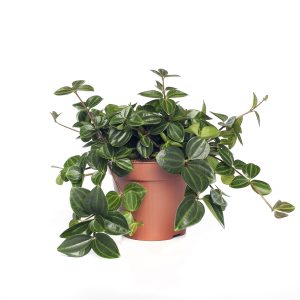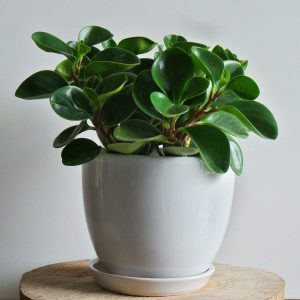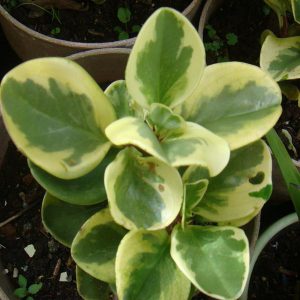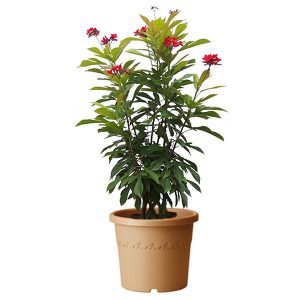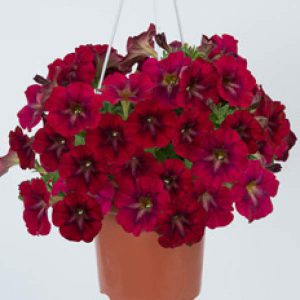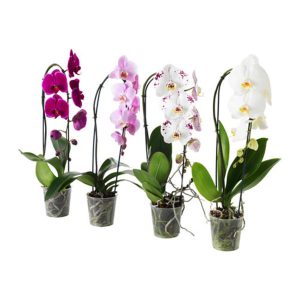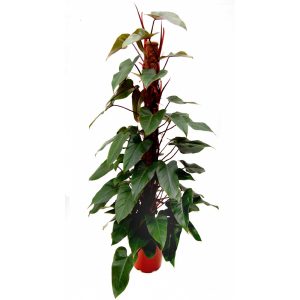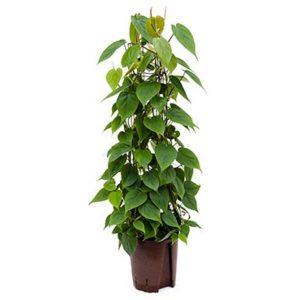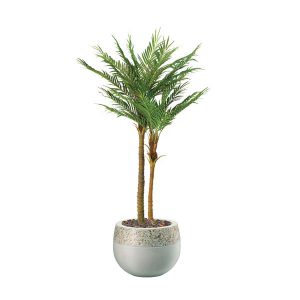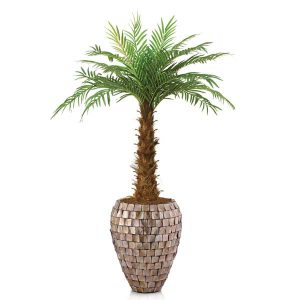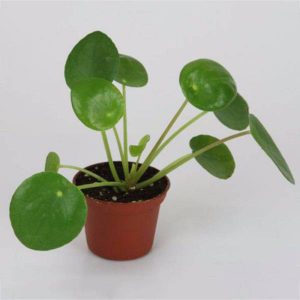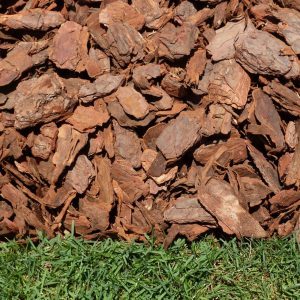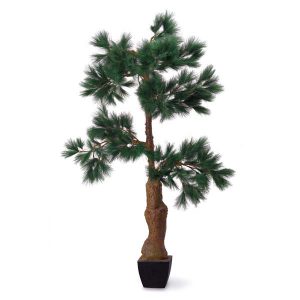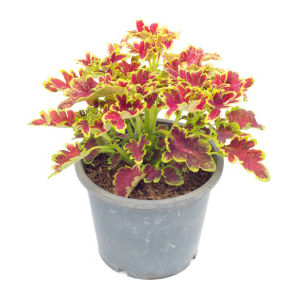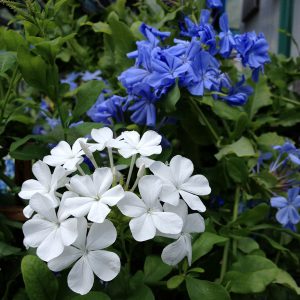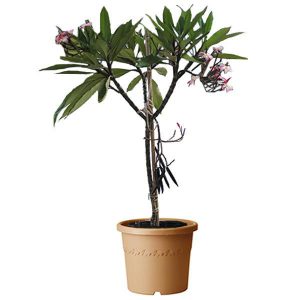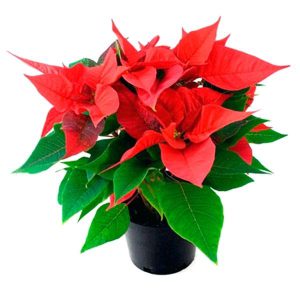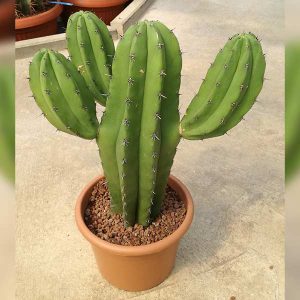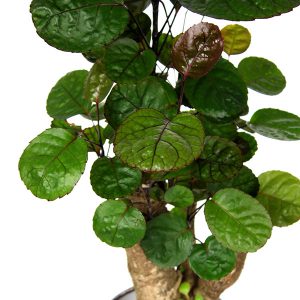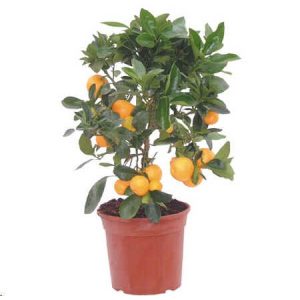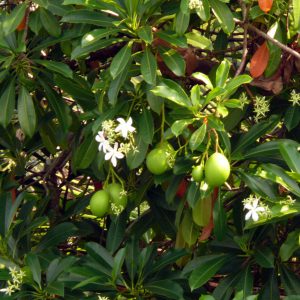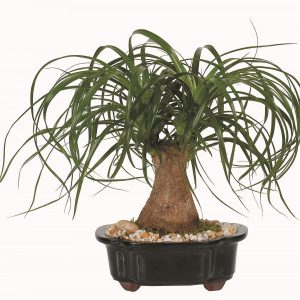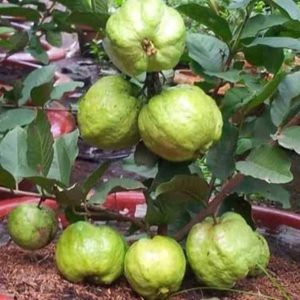Shop
Orchid Mix Bark Mulch
You’ll sometimes hear that bark robs nitrogen from orchids; this is a myth. There is no need to use a high-nitrogen fertilizer for plants grown in bark.
Coconut husk chips are a common substitute for fine or medium fir bark. By comparison, they retain more moisture and break down more slowly.
AED 200.00Add to cart
outlander (nerium oleander)
Nerium oleander, commonly known as oleander, is a highly toxic plant that has been cultivated since ancient times.
Nerium oleander is a highly toxic ornamental shrub widely cultivated in the Mediterranean. It has been grown since ancient times and features in many of the Roman wall paintings in Pompeii.
Alexander the Great in his military campaigns is said to have lost men as a result of eating meat skewered on highly poisonous Nerium twigs.
AED 30.00Add to cart
Panda plant kalanchoe tomentosa
Locate the indoor panda plant in medium to bright light. As with most succulents, soil should be allowed to dry between waterings. In fact, watering is a limited part of panda plant care. When you do water, do so completely while giving the plant the infrequent drink
Pansy
Pansies are the colorful flowers with “faces.” A cool-weather favorite, pansies are great for both spring and fall gardens! Here’s how to keep your pansies growing and blooming.
Pansies have heart-shaped, overlapping petals and one of the widest ranges of bright, pretty colors and patterns.
Good for containers, borders, and as ground cover they are a go-to flower for reliable color in almost three seasons (except hot summers).
AED 40.00Read more
Papya mam (carica papaya)
- Try your hand at papaya growing with this lovely looking, palm like sub tropical plant..
- Whilst not hardy outside the papaya (Carica papaya) makes a superb sunny conservatory specimen.
- The deeply lobed glossy green leaves alond stand comparison with even the best indoor plants.
- As the plant matures it bears lovely white blossom followed by the familiar elogated fleshy fruits
- Supplied as an established plant 70-80cm tall in 5L pot. For best results keep moist always and feed reularly.
AED 70.00Add to cart
Papyrus ‘Real Feel’
Papyrus ‘Real Feel’
Graminoids (grasses) are the dominant vegetation in many habitats, including grassland, salt-marsh, reed swamp and steppes. They also occur as a smaller part of the vegetation in almost every other terrestrial habitat. Bamboos are a group of woody perennial evergreen plants in the true grass family Poaceae. There are 91 genera and about 1,000 species of bamboo alone! The diversity and importance of the grasses, which also includes rice, maize wheat, oats and barley (a basic food source) is staggering.Onion Grass Green
AED 500.00Add to cart
Patchira Aquatica
Shady areas or windows with indirect sunlight keep this plant happy. If the leaves begin to yellow, find a sunnier place. While it can tolerate some full sunlight, too much will burn the leaves.
If grown indoors, pay close attention to the health of your plant and change its location as needed throughout the year. Occasionally turning the plant is a good idea, too.
This tree likes a deep drink of water about once a week. Allow the top two or three inches of soil to dry before the next watering. Make sure there is good drainage so that the roots are not constantly swimming, which leads to rot. It likes humidity as well, like what you’d find in a bathroom. Consider placing the pot on a dish of pebbles and water.
If you find your money tree plant is dying, it may be due to too much watering. It can be really hard to resist grabbing the watering can when the plant drops leaves. This often happens after the initial change of environment, like repotting, so sit on your hands if you must to keep that watering can on the shelf.
As if this weren’t maddening enough, the winter months will mean even less watering as growth slows.
AED 500.00Add to cart
Peat Moss
Peat moss first became available to gardeners in the mid-1900s, and since then it has revolutionized the way we grow plants. It has a remarkable ability to manage water efficiently and hold on to nutrients that would otherwise leach out of the soil. While performing these amazing tasks, it also improves the texture and consistency of the soil. Keep reading to learn more about peat moss uses.
AED 140.00Add to cart
Pennisetium
Pennisetum alopecuroides is a highly decorative ornamental grass, also known as Fountain Grass, and is a plant which gives almost all year round interest in the garden. It is a low-maintenance plant, which quickly forms a clump, so is ideal for filling gaps in perennial and shrub borders. The grassy foliage is neat, but stays quite inconspicuous until the flower heads appear during late summer. But, once they appear, they really dazzle, with spikelet’s looking much like a squirrel’s tail! Leave the decorative seedheads on your Fountain Grass plants into the autumn. Height: 150cm (59″). Spread: 120cm (47″).
AED 45.00Add to cart
Peperomia Angulate
Really Low Maintenance
- Pop into a shady spot
- Allow the soil to dry between watering
- Water once every 2-3 weeks
- Avoid over-soaking the soil
AED 90.00Add to cart
Peperomia Obtusifolia
Water Peperomia houseplants sparingly and allow the soil to dry as deep as 5 inches between waterings. Fertilize occasionally with a balanced houseplant food after watering.
These plants are easy to grow in the house. They like warmth, but do not need high humidity. They like bright light, but do not need direct sunlight. In fact, peperomia obtusifolia makes a good ground cover in shade.
Peperomias do not like deep shade or strong sunlight, two very big extremes. Grow them somewhere in between and you’ll be fine.
During the summer months, temperatures between 68 – 78 F. In the winter, temperatures should not go below 50 F.
AED 40.00Add to cart
Peperomia White Marble
The Marble Peperomia is characterized by its thick spoon shaped variegated leaves. It comes in a 4″ tall by 4″ wide plastic nursery pot. They do well in low-medium light, watered weekly. This houseplant is pet-friendly!
Plant Care
- BRIGHTNESS
- Medium to Bright
- Medium indirect light to dappled sun.
- SUN EXPOSURE
- Indirect
- Indirect light to dappled sun.
- WATER
- Weekly
- Allow potting mix to dry out completely between waterings.
- HUMIDITY
- Any!
- Don’t sweat it. Any humidity level will do.
AED 40.00Add to cart
Peregrina jatropha
The drought, which started in April and ran through June, created a heavy flowering of oleander, hibiscus, lantana, pentas and other species.
It was, however, interesting to note that many of them were late in leafing up and flowering.
From a design principle, too heavy a massing of one species can create a real statement when in full bloom, but once the flowering is over little of interest is observed. This is especially the case with pentas and lantana which, in my opinion, are the dominant colour palettes for ground cover plants from spring to autumn.
As soon as flowering has ended, pruning should be immediately carried out to encourage new growth and, of course, another burst of flower. A good fertilising with a coated fertiliser which can be supplemented with a liquid feed should be applied. Do not apply granular fertiliser when soil is dry or temperature over 75 degrees.
AED 20.00Add to cart
Petunia
Growing petunias can offer long term color in the summer landscape and brighten dreary borders with lovely pastel colors. Proper petunia care is simple and easy. After learning how to plant petunias you can include them in your flower bed and container garden. Four species of petunias include hundreds of cultivars and offer a perfect addition to the home landscape:
AED 2.00Add to cart
Phalaenopsis Orchid Plant
Phalaenopsis Blume, known as moth orchids, abbreviated Phal in the horticultural trade, is an orchid genus of approximately 60 species. Phalaenopsis is one of the most popular orchids in the trade, through the development of many artificial hybrids.
- A moderately bright windowsill or similar spot to growin.
- Watering when it begins to dry out, usually every 7 to 10 days.
- Fertilizing with a fertilizer made for orchids.
- Repotting when the bloom is finished with fresh orchid mix.
AED 70.00Add to cart
Phalaenopsis White/Purple-2pp ‘Real Feel’
Phalaenopsis White/Purple-2pp ‘Real Feel’
The flowering plants (angiosperms), are the most diverse group of land plants. The first flowering plants known to exist are from 160 million years ago. They diversified enormously during the Lower Cretaceous and became widespread around 120 million years ago. It is generally assumed that the function of flowers, from the start, was to involve animals in their reproduction processes.
By so doing plants greatly improved their reproductive efficiency and genetic diversity. Many animals contribute, insects, birds, bats monkey’s etc. interestingly red flowers will be pollinated by animals that can see ‘red’ in the spectrum, (like birds and monkeys). Rarely will they be pollinated by insects which can see ultraviolet, but not red.
AED 160.00Add to cart
Philodendron Green ‘Real Feel’
Philodendron Green ‘Real Feel’
We classify ‘filler plants’ as small plants typically used to cover the soil, either alone or in combination with ‘feature plants’.
These plants have been carefully selected once again, taking into account their ‘realistic’ appearance and feel. We have also ensured that different leaf textures, scale and colour (including degrees of green) are represented to give a wide and interesting choice. This selection would also play an important role in the development of green walls.
AED 140.00Add to cart
Philodendron Red Emerald
These plants are considered poisonous and should be kept away from pets and children. Read more about common houseplants that are poisonous in Don’t Feed Me To Your Cat! A Guide to Poisonous Houseplants
AED 165.00Add to cart
Philondredon Scandens ( Sweetheart Plant)
Botanical Name: Philodendron scandens
Heartleaf philodendron is a popular house plant because it is extremely easy to grow. It’s also known as the Sweetheart Plant.
Heart-shaped, glossy leaves emerge bronze, then quickly turn green. The leaves are typically 2-4 in (5-10 cm) long, and cover its long, slender stems that can grow to 4 ft (1.2 m) or more.
AED 90.00Add to cart
Phoenix Palm-2pp ‘Real Feel’
Phoenix Palm-2pp ‘Real Feel”
Palms are among the best known and most extensively cultivated plant families. They have been important to humans throughout much of history. Many common products and foods are derived from palms, and palms are also widely used as ornamentals, making them one of the most economically important plants.
Palms are very distinctive but are available in 2 basic forms, as a feature tree with a characteristic trunk, or as a multi-stem plant, both very popular for indoor applications.
AED 1,400.00Add to cart
Phoenix Reobelinii Palm ‘Real Feel’
Phoenix Reobelinii Palm
Palms are among the best known and most extensively cultivated plant families. They have been important to humans throughout much of history. Many common products and foods are derived from palms, and palms are also widely used as ornamentals, making them one of the most economically important plants.
Palms are very distinctive but are available in 2 basic forms, as a feature tree with a characteristic trunk, or as a multi-stem plant, both very popular for indoor applications.
AED 1,200.00Add to cart
Pilea Peperomioides
watering, once a week, depending on the season. On hot summer days they might need a bit more water than on colder days. What’s important is to not keep the soil wet, but let it dry out a bit in between waterings, but also don’t let it dry out completely, either. The plants in terracotta pots might need watering more often because the terracotta absorbs part of the water.
All my Pileas love a spot in front of a window where they get a lot of light, but almost no direct sunlight. This is where they grow best. In a spot where there’s more shade, they will do fine too, but the leaves might turn a darker green. Too much direct sunlight might scorch the leaves. I do rotate my plants a few times a week because the leaves grow in the direction o
AED 65.00Add to cart
Pine apple (ananas comosis)
The tasty fruit and juice is popular with humans around the world, but residues from the juice are also used to make livestock feed because of their high vitamin A content.
AED 110.00Add to cart
Pine Bark
Pine bark mulch, as the name suggests, is made from the shredded bark of pine trees. In some cases, though, bark of other evergreens, like fir and spruce, may be added into pine bark mulch.
AED 75.00Add to cart
Pine Tree Feature ‘Real Feel’
Pine Tree Feature
The plants in this section are not ‘variety’ or ‘species’ related.
They are grouped due to their ability to ‘stand alone’ as a feature plant of distinction, whether as a foliage plant, bonsai (miniaturized tree) or topiary (shaped tree). Each has a distinctive profile, (shape), foliage colour or texture.
AED 3,000.00Add to cart
plectranthus scutellariodes
But what is coleus? Sometimes called painted nettle, they are multi-hued, stunning plants grown for their leaves rather than flowers. Excellent for either container gardening or for adoring garden beds, they offer amazing color in partial shaded areas.
Other related species of coleus are used abroad as culinary herbs, medicines, or even for their edible tubers. I’ll briefly touch on a few of those too because they’re interesting, but there’s plenty to see just with Plectranthus scutellarioides.
Hundreds of ornamental coleus cultivars are available, and no two are identical, so let’s get started!
Plumbago (plumbago auirculata)
The plumbago plant (Plumbago auriculata), also known as the Cape plumbago or sky flower, is actually a shrub and in its natural surroundings can grow 6 to 10 feet tall with a spread of 8 to 10 feet. It is native to South Africa, and knowing this provides the first clue to how to grow a plumbago, along with where to grow one. Plumbago thrives in the South African heat and in the United States it is found growing year-round in the southernmost parts of Texas and Florida.
AED 50.00Add to cart
Plumeria
Plumeria flowers are most fragrant at night in order to lure sphinx moths to pollinate them. The flowers yield no nectar, however, and simply trick their pollinators. The moths inadvertently pollinate them by transferring pollen from flower to flower in their fruitless search for nectar. Insects or human pollination can help create new varieties of plumeria. Plumeria trees from cross pollinated seeds may show characteristics of the mother tree or their flowers might just have a totally new look.
Plumeria species may be propagated easily by cutting leafless stem tips in spring. Cuttings are allowed to dry at the base before planting in well-drained soil. Cuttings are particularly susceptible to rot in moist soil. One optional method to root cuttings is applying rooting hormone to the clean fresh-cut end to enable callusing. Plumeria cuttings could also be propagated by grafting a cutting to an already rooted system.
AED 210.00Add to cart
Podocarpus Bonsai Feature ‘Real Feel’
Podocarpus Bonsai Feature
The plants in this section are not ‘variety’ or ‘species’ related.
They are grouped due to their ability to ‘stand alone’ as a feature plant of distinction, whether as a foliage plant, bonsai (miniaturized tree) or topiary (shaped tree). Each has a distinctive profile, (shape), foliage colour or texture.
AED 400.00Add to cart
Poinsetta plant
Water – Poinsettias like moist, but not wet, soil. When the top of the soil becomes dry, add room temperature water to the plant. Allow the water to drain through the pot when watering, and then discard any excess water in the saucer.
AED 20.00Read more
Polaskia Chichipe Cactus
This is a cactus which came with me from London to Spain and it flourished! In the photo taken in 2009 the difference between the old and the new self is very visible. The colour changed and also the width increased.
With less than ideal conditions from 2011 (moved from Spain to Northen Italy) the tip became thinner.
AED 90.00Read more
Polyscias Fabian
Light: Prefers moderate to bright, indirect light but can adapt to shade. Avoid direct sunlight.
Water: Water when the soil has become slightly dry at the top. Better to keep them slightly dry than to over water. Use soft water if possible.
Temperature: Likes things warm, so anything above 15°C, ideally 18-29°C.
Humidity: Prefers moderate to high humidity levels. Dry air may cause leaf drop. Use a pebble tray or water surround and mist regularly. Stand outside in warm summer rain or stand in the shower for a while.
Feed: Feed once a month with a balanced fertiliser during the growing period.
Height and Growth Rate: Ultimate height 1-2m. Slow growing once established.
Toxicity: May be considered toxic. Keep away from pets and children to be on the safe side.
Origin: Polynesia.
AED 180.00Add to cart
Pomelo (citurs maxima)
Like other citrus fruits, pomelos are high in vitamin C. They are generally eaten as a fresh fruit, and they store well. They have long been popular in Asia, especially China, Indonesia, and Thailand, but are increasingly found in specialty markets in the U.S. as well. The juice is also used in various beverages (both alcoholic and non), and the peel may be candied. Traditional medicinal uses of the fruit include treatment of coughs, fevers, and gastrointestinal disorders. The aromatic flowers are picked and processed into perfume in Vietnam, and the wood, which is heavy and hard-grained, used for making tool handles.
AED 250.00Read more
Pong pong tree (cerbera odollam)
This tree with pretty white star-shaped flowers and large round fruits is widely planted along our roadsides and in our parks. It is also sometimes seen growing wild in our mangroves, seashores and tidal rivers. According to Giesen, it is found in coastal forest and landward margins of mangroves and along rivers. It has a limited salt tolerance, and occurs on clays or sandy soils.
Ponytail palm (nolina palm)
- Use a fast draining soil, such as a cacti and succulent potting mix. If you have potting soil, sand, and perlite already on hand, you can create your own desert soil mixture: Simply mix 1 part potting soil, 1 part perlite, and 1 part sand.
- Select a pot that has a hole in the bottom, so that excess water can be drained off. Ponytail palms do not like to sit in moist soil for very long.
- Use a clay pot if possible; the porous material will absorb some of the water, drying out the soil more quickly (a good thing for cacti and succulents).
- Ponytail palms prefer to have as much light as possible, so place the plant in a bright location.
AED 335.00Add to cart
Psidium guajava (guava tropial)
The common guava is easy to grow and tolerates adverse conditions. The tree is attractive and the patchy bark lends visual interest. It bears prolific quantities of fruit. The aromatic fruit is well regarded thhroughout the American tropics and beyond. Unfortunately, the guava is a primary host of the Caribbean fruit fly. In addition, it is classified as an invasive exotic. When making planting decisions, the gardener should weigh these two drawbacks against the guava’s many attibutes.
AED 60.00Add to cart

